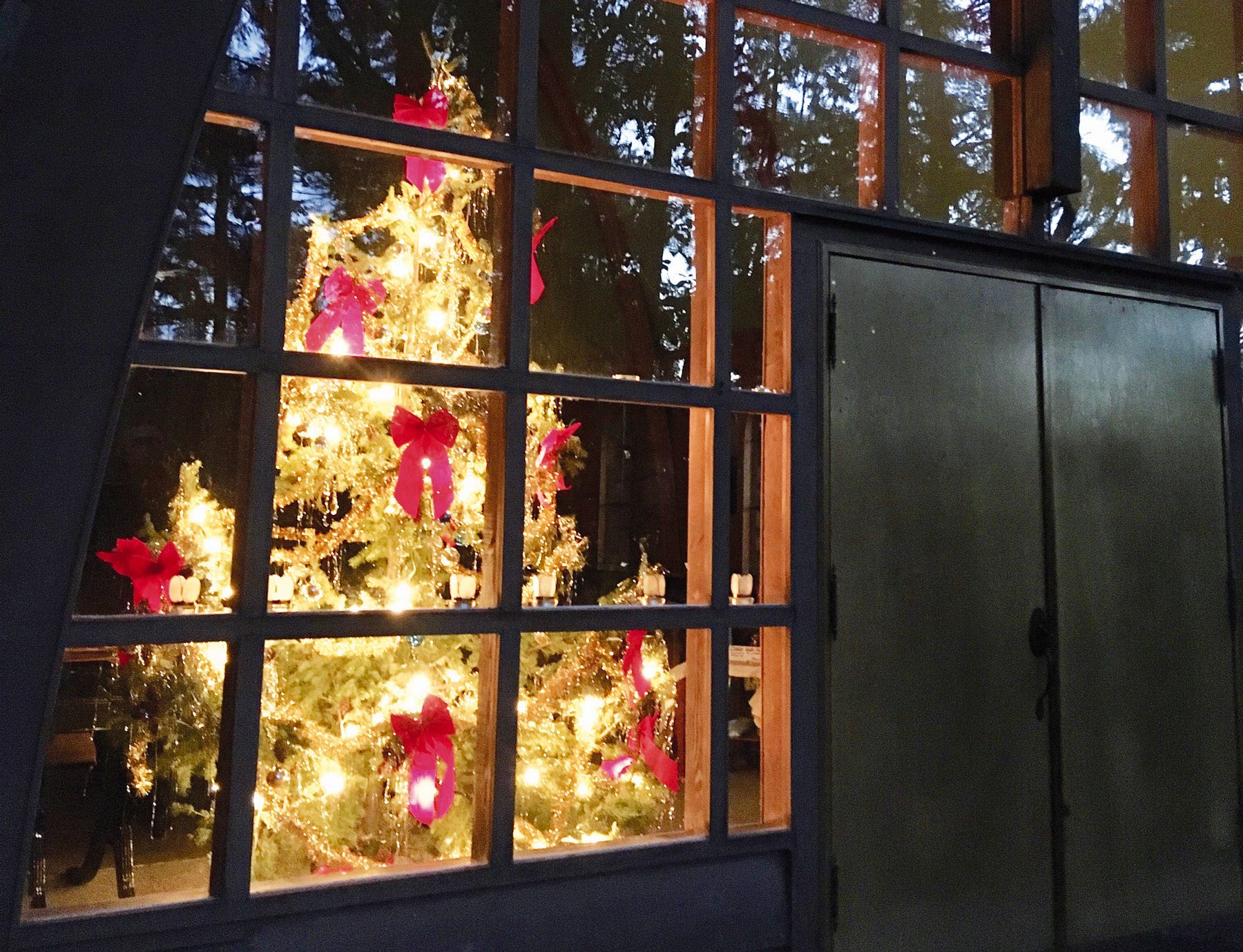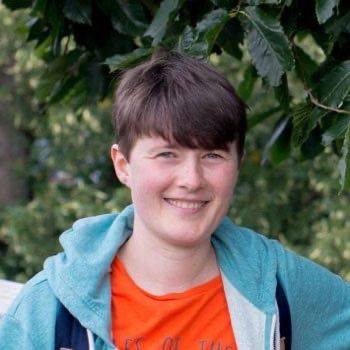If you’ve ever taken the ferry between Victoria and Vancouver, you will have passed by North Pender Island, which forms part of the Anglican Parish of Pender & Saturna Islands together with South Pender and Saturna Islands. In summer, the populations of Pender and Saturna balloon, but the Pender Islands are home to about 2,250 year-round residents, while Saturna Island has a permanent population of around 350. Many of those residents are retirees, attracted to the islands by their beauty, temperate climate and sense of community.
The islands are home to three Anglican churches: St. Peter, North Pender (1915); Church of the Good Shepherd, South Pender (1938); and St. Christopher, Saturna (first church built prior to 1913, current building 1963). In recent years, the parish has faced many of the same challenges that churches across the diocese have had to grapple with as a result of an increasingly secularized general population, an aging and dwindling congregation and financial issues. For Pender and Saturna, the consequences included the loss of a full-time resident incumbent and the closure of the well-loved Church of the Good Shepherd. Despite these challenges, the parish has worked hard to turn things around.
The process began in October 2011 with a retreat on Saturna Island where about 20 members of the church and parish council gathered. They sat in circle and began by introducing themselves. These introductions ended up taking the entire day as people poured out their individual thoughts and feelings, including their relationships with the church. By the end of the day, the group had bonded in a way that continued to strengthen the parish in subsequent years. Following on from this retreat, and with the leadership of the then part-time incumbent Chas Belknap (who lived on Salt Spring Island and traveled to Pender and Saturna islands on his boat), small groups of parishioners met to discuss the future. It was felt that the parish needed to get beyond problems for which there appeared to be no solutions — after all, they couldn’t exactly change the larger demographic and secularization trends or reverse past diocesan decisions driven by financial necessity. These meetings took an appreciative inquiry approach. Parishioners were asked to reflect on their positive experiences within the church and what a church where they had those kinds of experiences more often might look like.
Through these meetings, the parish council identified a number of common elements that were most valued. These included sacred and varied liturgy, music, social connections with others, inclusivity, engagement with the broader community and the leadership of a fully engaged priest. They began to ask questions: How could they maintain these positive aspects given the current circumstances? What would that look like without a full-time incumbent? What does an incumbent do and how could they fill that role? The parish council reorganized and collectively took on the role of church warden to avoid the burnout they had experienced when the role was taken on by just one person. They adopted a circle approach to meetings that eased old tensions and allowed the development of consensus on deeper issues. The council felt more open to the Spirit. Three objectives emerged that were adopted and guide the parish to this day: approaching parish ministry with an attitude of abundance, engaging with the community and providing spiritual leadership. A fourth — reconciliation — was added later.
In pursuit of these objectives, several retreats and workshops were held at the St. Peter parish hall, involving community members and supported by the Diocesan Vision Fund. These included a “silent ear” retreat in 2012; a food retreat in 2015 that started with a Friday night community event to celebrate local food, followed by a Saturday workshop reflecting on banquet themes in the Bible; and a labyrinth workshop in 2016 that celebrated the opening of a labyrinth built with and for the community on St. Peter’s lawn. In 2015, Ellen Willingham took on the role of part-time incumbent. She was a farmer on Pender Island for many years and her deep roots in Pender have helped the parish engage with that community. Recently, the parish took the initial steps towards building an affordable housing unit on St. Peter’s property.
Just before the pandemic hit, the church received funding from the diocese to host a symposium — “Crammin’ for the Finals: A Compassionate Community’s Response to the End of Life’s Journey” — to create a space for the local community to reflect on their role in supporting others who are aging or dying on the islands. Unfortunately, the event had to be postponed, but the pandemic has bought some silver linings to the parish. The parish has been conducting services on Zoom, which has allowed members from both churches to connect regularly, attend a common service and welcome far-flung relatives into the “church.”
For Christmas 2020, St. Christopher refurbished its nativity scene to make the figures more racially diverse and spaced the figures out so that members of the local community could safely explore the nativity scene and reflect on the events that took place in Bethlehem leading up to the birth of Christ. The scene was also lit up at night and a second light was placed in the church belfry. Many in the local community appreciated the display and the lights during the dark, gloomy days of winter. A light continues to shine inside and outside St. Christopher at night to send a message of comfort to that community.
What does the future hold for the parish of Pender and Saturna? Many parishioners raised their children within the Anglican tradition, but their children’s children are being raised in an increasingly secular world. Still, “younger” older people are moving to the islands and there remains a need for spiritual connection that the parish is well-placed to address. The last decade and the last year in particular have shown that the parish can survive and thrive even in difficult circumstances.
By Naomi Racz, with Jane Morley




